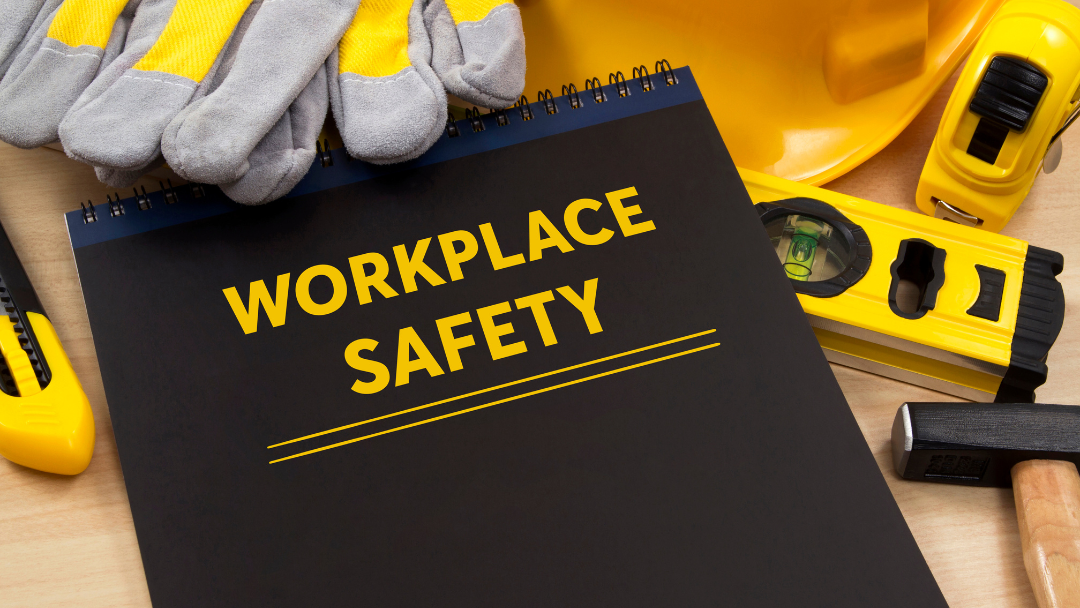There is a renewed need for signage in workspaces, to help reduce business risk and create efficient environments that are conducive to work. Especially with new office spaces being rented and companies returning to private and shared spaces, after many were left empty across the UK.
The RICS Commercial Property Market Survey found in early 2022 that office space rentals were bouncing back following the pandemic. Despite some uncertainty over the last year, their most recent report in 2023 suggests there is optimism that the market is now stabilising once again.
With these new work environments, comes the need for implementing and reviewing the space’s signage needs which support HR functions. Signs are an important tool for communicating information with employees, clients, customers and the public. They are not only essential from a legal or health and safety standpoint but, to create more efficient and pleasant experiences too.
Expert Tom Armenante, Director at GTSE cable ties discusses 5 benefits of workplace signage:
1. Creating more hygienic workspaces
The need to reduce the spread of germs has been widely accepted amongst the public and hygiene related signage can support this awareness further. Maintaining a healthy workforce helps to keep employees in work, reduce sick days, and meets legal requirements. In general, healthier employees are more productive according to the CDC.
Including signs that indicate expected best practice relating to hygiene (such as, handwashing reminders) can help prevent the spread of germs in the workplace. They can also help indicate how certain areas and materials should be cleaned, preventing confusion and maintaining a germ-free environment.
2. Preventing accidents and reducing workplace risk
One of the most important reasons to take time implementing an appropriate signage strategy is to ensure a safe environment. Signs are crucial to help prevent accidents, from reducing the risk of slip and trip hazards, to important reminders on how to use equipment and highlighting hazardous waste. 565,000 workers sustained a non-fatal injury at work, according to self-reports from the Labour Force Survey in 2021/22 and so the more that can be done to reduce this number, the better.
A risk assessment should mention signage throughout, as a preventative measure to mitigate risk. These assessments should be regularly reviewed and updated, including whenever changes are made to the working environment.
3. Avoiding legal action and fines
“Employers must provide safety signs if there is a significant risk that can’t be avoided or controlled in any other way, such as through safe systems of work or engineering controls.” That’s according to HSE and the Health and Safety (Safety Signs and Signals) Regulations 1996.
Failing to erect and maintain the necessary signage could lead to legal action from employee or customer law suits, negatively impacting your business finances. Any legal action could also leave you with reputational issues, making sales more difficult and even lead to challenges with supplier and talent retention.
4. Professional environments and organised spaces
Signposting where certain equipment is stored means that the responsibility to keep things tidy doesn’t fall on the shoulders of one or a few people. Everyone can take ownership for finding and replacing equipment. Whether that’s simply finding a mug for a coffee, new cables to connect a monitor or emergency cleaning supplies.
Functional signage which makes a space more organised can leave a great first impression on visiting clients and customers. Hygiene related signage as mentioned above can be reassuring, signalling that your workspace can be trusted. No one wants to eat, work or sleep in a space that is perceived to be unclean.
5. Better experience and more efficient working
Even relatively small workplaces can be difficult to navigate for those who are unfamiliar with them, which is why signage can benefit spaces of all sizes. Whilst a large warehouse, retail space or manufacturing business will likely need much more signage than a small office, what is clear is that the easier it is to navigate the better.
Not only will easy navigation reduce time wasted from asking questions and going to the wrong area of the workplace. It can also help reduce frustration and stress. A more efficient office is more productive and happier, making the implementation of clear and concise signage a positive business decision.
In addition, you could also consider inspirational signs to reinforce your company values and provide motivation. Just don’t go overboard as too many signs can become confusing.
Advising further on how to implement effective signage, expert Tom Armenante, director at GTSE cable ties said,
“Taking time to review and implement a best practice signage strategy brings with it many business benefits. Whilst it may seem like a simple solution, there are many considerations to take into account in the planning phase.
Alongside balancing essential signage required for legal reasons against more helpful and inspirational signage, you should consider its placement and accessibility too. Thinking about who will be reading the signs and why can, help with decision making. Think about factors such as, how big it should be, where it is hung, font sizing and colours.
You should also ensure signs are properly fitted with secure fastening such as cable ties. This will help with maintenance, making the review process easier.”









